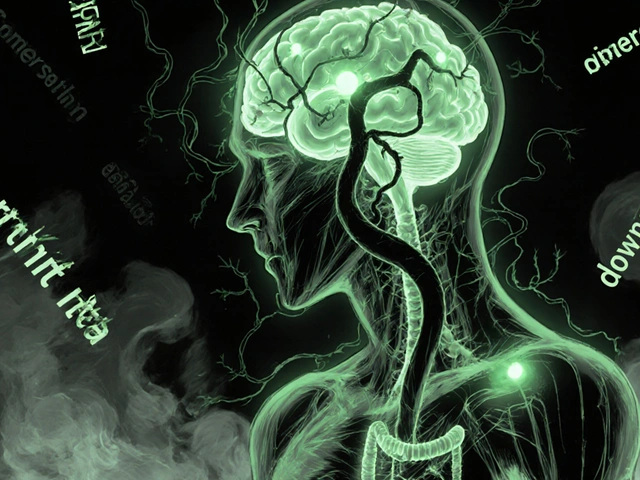Cardiac remodeling: what it is and why it matters
When the heart is injured or stressed, it can change shape and size – that’s called cardiac remodeling. Those changes may help the heart pump for a short time, but over months they often make the heart work harder and lead to heart failure. Knowing the signs early gives you a chance to act before the damage becomes permanent.
How cardiac remodeling happens
Usually the left ventricle – the main pumping chamber – enlarges after a heart attack, high blood pressure, or valve disease. The muscle fibers stretch, scar tissue forms, and the chamber walls get thinner. Hormones like adrenaline and angiotensin II drive these changes, while inflammation adds to the scar tissue. The result is a heart that can’t squeeze efficiently, causing fatigue, shortness of breath, and fluid buildup.
Ways to slow or reverse remodeling
Good news: doctors have drugs and lifestyle tricks that slow or even reverse the process. ACE inhibitors and ARBs block harmful hormones, letting the heart remodel more healthily. Beta‑blockers reduce the heart’s workload, and mineral‑corticoid antagonists help clear excess fluid. On the lifestyle side, regular moderate exercise, low‑salt meals, and quitting smoking keep blood pressure in check and reduce inflammation.
Weight control also matters. Extra pounds push the heart to pump harder, accelerating remodeling. Even a 5‑10 % weight loss can lower blood pressure and improve heart shape. If you have diabetes, tight blood‑sugar control cuts down on the tiny blood‑vessel damage that fuels remodeling.
Monitoring is key. Your doctor will use echo‑cardiograms or MRI scans to measure chamber size and wall thickness. Blood tests for natriuretic peptides give a quick clue if the heart is struggling. Regular check‑ups let you see whether treatment is working or needs adjusting.
When medication and lifestyle aren’t enough, advanced options exist. Cardiac resynchronization therapy (CRT) uses a special pacemaker to coordinate heartbeats, improving efficiency and limiting remodeling. In some cases, surgery to replace a faulty valve or even a heart transplant may be needed, but those are last‑resort steps.
Research keeps uncovering new targets. Scientists are testing drugs that block specific inflammation pathways and gene‑editing tools that could repair damaged heart cells. While most of these are still in trials, they show the future could hold even better ways to protect the heart.
Bottom line: cardiac remodeling isn’t inevitable. With the right mix of medication, healthy habits, and regular monitoring, you can keep your heart from stretching out of shape. Talk to your doctor if you’ve had a heart attack, high blood pressure, or any heart‑related symptoms – early action makes all the difference.

Left Ventricular Failure: Causes, Symptoms & Treatment Guide
Learn what left ventricular failure is, why it happens, common warning signs, and how doctors treat it with medication, devices, and lifestyle changes.




